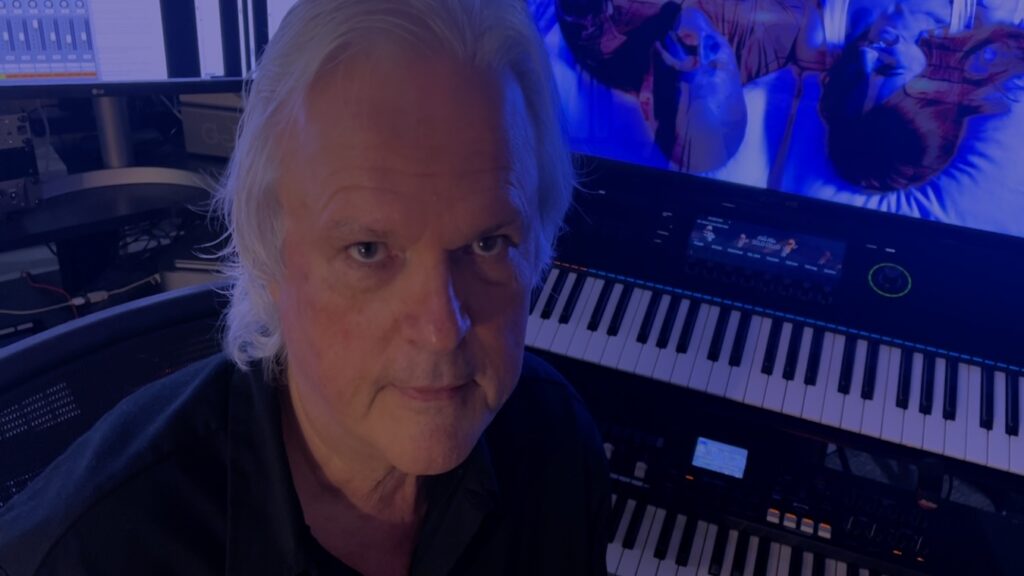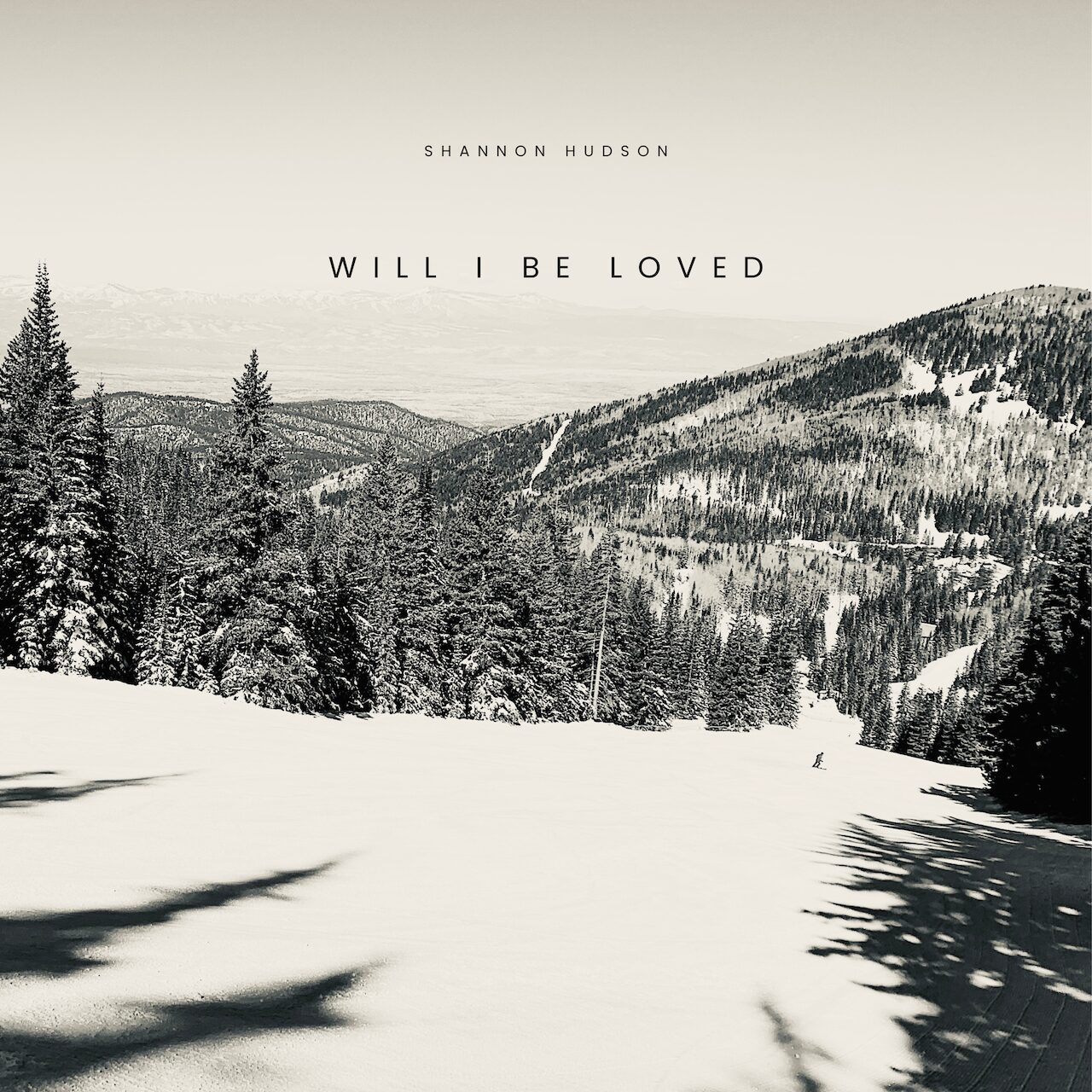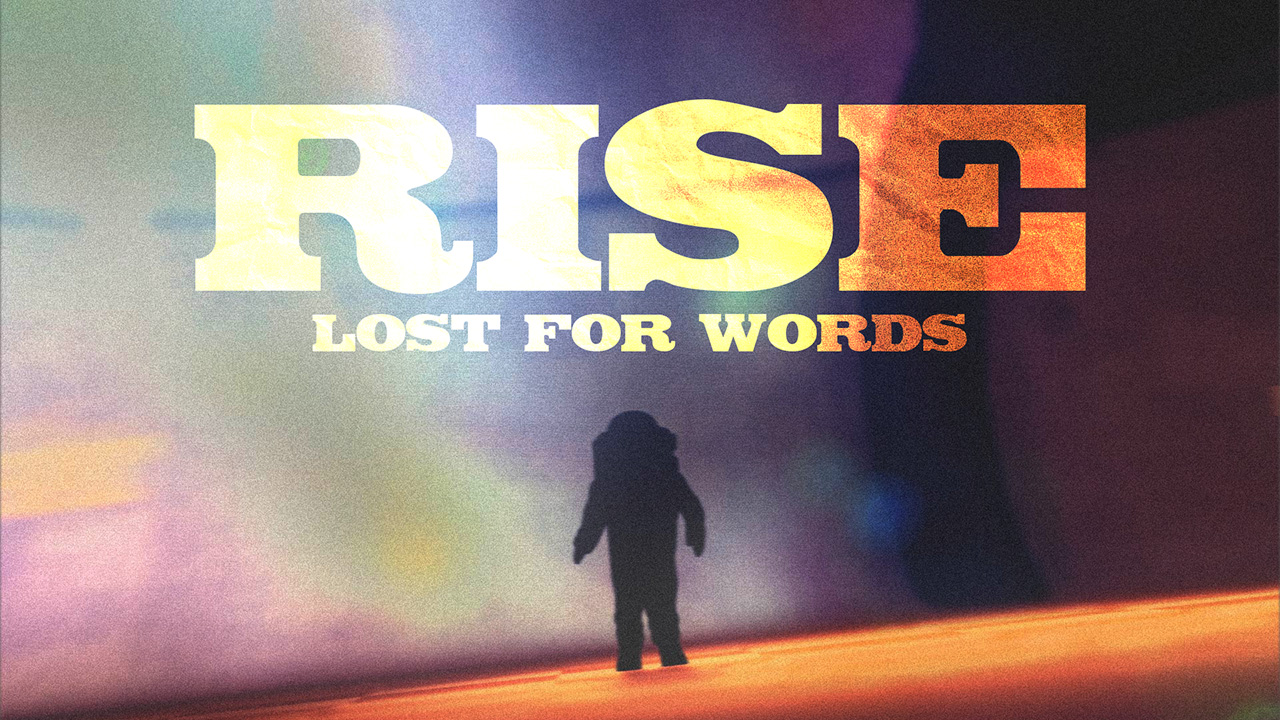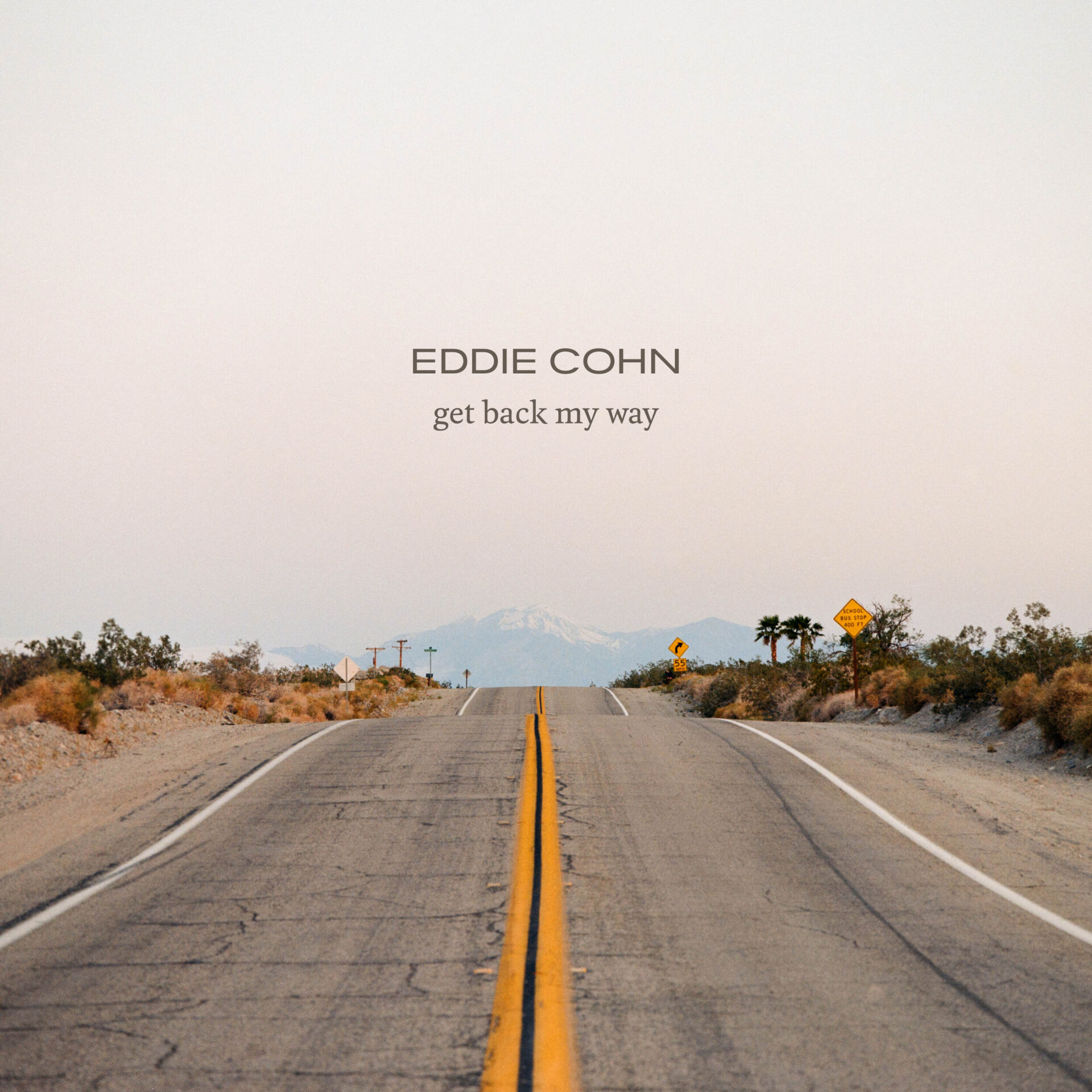Follow MARC SOUCY via:
Marc Soucy’s “Montana” is a bold instrumental composition that captures the weight of history in every note. Inspired by America’s transformation between the 1840s and 1940s, the piece balances grandeur and sorrow, reflecting on a century of rapid expansion, innovation, and inevitable loss. From the first delicate piano chords, there’s an unmistakable sense of storytelling, one that unfolds without a single word.
A Boston-based composer with a keen ear for cinematic expression, Soucy crafts an arrangement that feels both intimate and expansive. The piano serves as the foundation, steady yet emotive, while the strings swell with an intensity that mimics the rise of a nation. Midway through, subtle percussion elements emerge—soft shakes, distant beats, and the gentle hum of woodwinds—introducing a cultural depth that broadens the track’s perspective. Each instrument plays a role in the unfolding narrative, from moments of quiet reflection to bursts of triumphant energy.

This duality is what makes “Montana” so compelling. It is not simply a celebration of America’s rise but an acknowledgment of those left behind in its wake. The piece does not rush to conclusions; instead, it lingers, allowing each note to resonate with meaning. As the final section arrives, the strings reach their peak, merging with the rhythmic drive to create a powerful, almost cinematic resolution.
Few instrumental tracks carry such emotional weight, but Soucy’s attention to detail ensures that Montana is more than just music—it’s history brought to life. It stands as a testament to the power of composition, proving that a well-placed melody can speak louder than words ever could.
At its core, “Montana” is a masterclass in storytelling through music. It doesn’t just accompany emotions; it creates them. The arrangement is rich without being overwhelming, each element placed with intention. Every crescendo feels earned, every pause meaningful.











